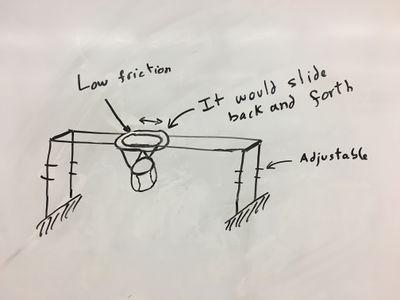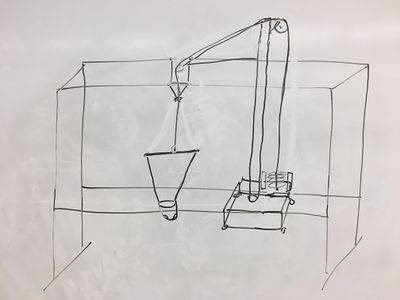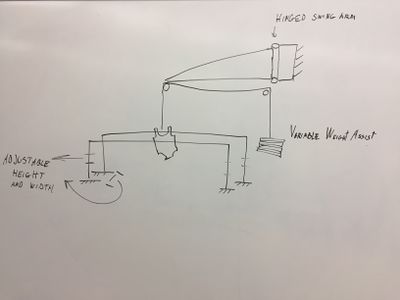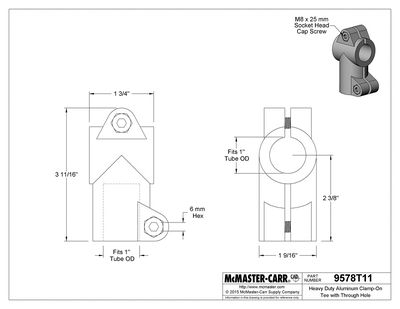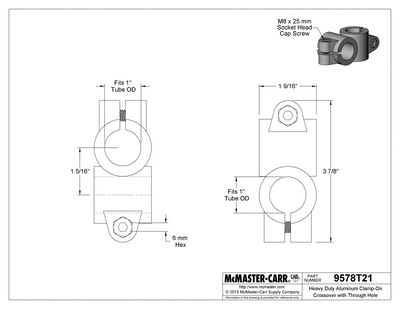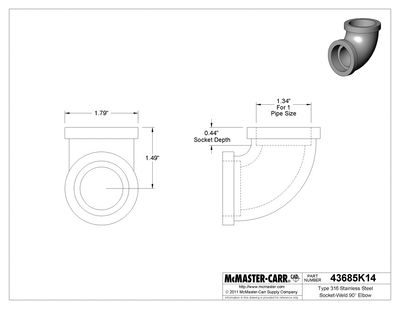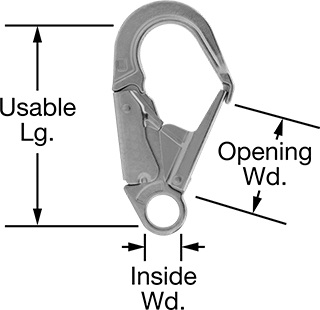Parallel Bars
Abstract
Abstract here - a short statement of the need, findings of project and project outcome.
Our team was asked to build a set of parallel bars, as well as incorporating some support or assistance built in for the user with the aim of eventually allowing the user to walk without assistance.
Team members
Left to right: Alejandro Pujol-Pradillos, Andrew Bynum, SungKyung Lee.
Acknowledge help of others
- David Mutchmore- POC
Problem Statement/overview of the need
This design is built with two intended users in mind, both with different levels of mobility, the age of the users is approximately 28 months, however we must account for rapid growth for said users. The design must give the intended user a safe environment to build the balance skills and walking strength necessary to eventually walk with minimal to no assistance.
Design Specifications
Safety is our first concern, a good design will be sturdy, prevent injury to users and bystanders of all ages.
Practicality of construction, a design must be chosen that minimizes moving parts as we do not wish to include any maintenance schedule in our design.
Adjust-ability, the users can vary in size and grow, a design that can be adjusted based on these changes will allow continued use over of a much longer period of time.
Varied assistance, the design should be able to assist but not compensate for lack of strength or mobility, thus encouraging future independence of motion for the user.
Background research
Parallel bars are already in common use for therapy/rehabilitation, it is a simple design without moving parts, it consists of a set of bars set at a height that allows the user to balance oneself and support some of their weight with their hands.
A harness to prevent a user from falling when using a walking assistance device is also common, however there are many variations on this device.
Similar products exist in terms of parallel bars and harnesses for safety and support.
These items are widely available, with various prices and designs.
While devices that combine the bars and a supporting harness working in tandem do exist, we did not encounter designs that are able to vary the amount of assistance and work in less of a compensating role and more so in an exercise inducing role.
Conceptual Design
Summarize your conceptual design process. Develop at least three concepts.
Design Concept 1
Our first design consists of a set of adjustable parallel bars that have a built in support system that slides as on a track.
This concept would allow us to safely restrain the child in a way that would prevent falls, the design is practical to build and falls within our capabilities, the bars would adjust and the harness can be removed allowing the more mobile users to experience more of a challenge, to that extent we can vary the assistance, or we would have an assistant help the user keep balance.
Design Concept 2
Our second design keeps the bars but switches to a variable assistance harness that will ride alongside the user during motion. The counter weight system will ride on a cart beside the bars.
This design lets us vary assistance, scaling it down as the user gains more strength and mobility, the design would need to be sturdy and account for a moving cable under tension, and deal with the weight of the cart as the user would need to be able to move it parallel the bars while moving, the adjust-ability given will allow for assisted and unassisted users even as they grow.
Design Concept 3
The third design switches the cart for a mounted swing arm similar to machines used in gyms. The arm could be folded out of the way when not used, and would follow the path of the user with minimum effort.
This concept lets us keep moving parts out of the reach of users and bystanders, the stack of weights used to counterbalance the user can be enclosed behind plexi-glass to prevent crush injuries for little fingers.The design requires minimal moving parts while providing assistance that encourages strength building in the user.
Evaluate concepts/select candidate
We chose Design 3 for our project as it does a good job of meeting our criteria, the bars can be easily utilized with or without the assistive harness, it keeps moving parts out of reach, and it should be fairly low cost and easy to construct. We did our best to cut out unnecessary moving parts from this design while maintaining a truly assistive nature in the harness.
Detailed Design
This section will describe a detailed design process
Description of selected design
Stainless steel frame, corners are to be welded, other joints will utilize adjustable fittings. The constant force spring will be fixed to the middle overhead bar with a heavy duty karabiner.
Detailed description of selected design
Analysis
Describe three types of analysis to be performed on the design
Engineering analysis 1
MOM/MEA/STATICS
Engineering analysis 2
PHYS/DYNAMICS
Engineering analysis 3
PROGRAMING
CAD Drawings
Insert drawings of all parts and the assembly
Bill of Materials
8' Pipe x15 $25.50 per unit
Tool Balancer x3 $57.95 per unit
T-Clamp x18 $36.69 per unit
Crossover Clamp x4 $42.98 per unit
https://www.mcmaster.com/structural-pipe-connectors/heavy-duty-clamp-on-framing-and-fittings/
Elbow x4 $17.83 per unit
Karabiner x4 $47.93 per unit
https://www.mcmaster.com/rings/snaps/wide-mouth-trigger-release-snaps-with-eye/
Harness x1 $16.99 per unit
Total Cost $1668.72
qty, item, description, source, part number, price
Assembly Instructions
Fabrication Process
Welding Insert pictures of fabrication process
Testing and implementation
Describe testing, delivery, how used/received by the family
Photos of Completed design
Insert pictures of the final product
Instructions for safe use
Provide a clear summary of safe use for the family. Do not use the device unless supervised by an adult that has been fully understood the safe use of this product.

